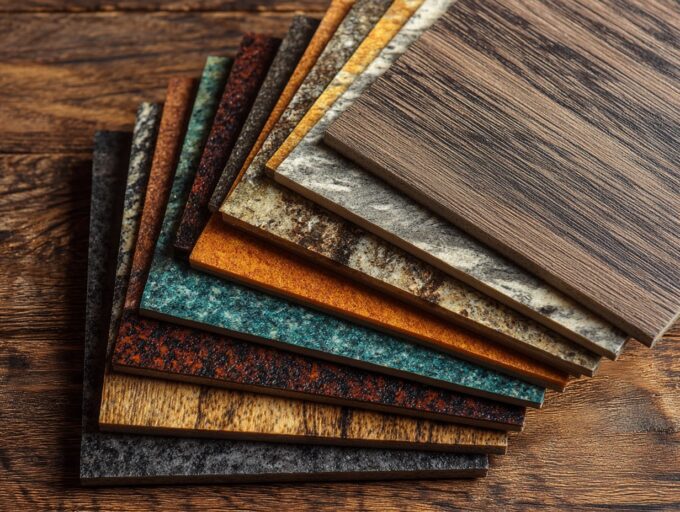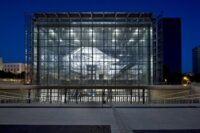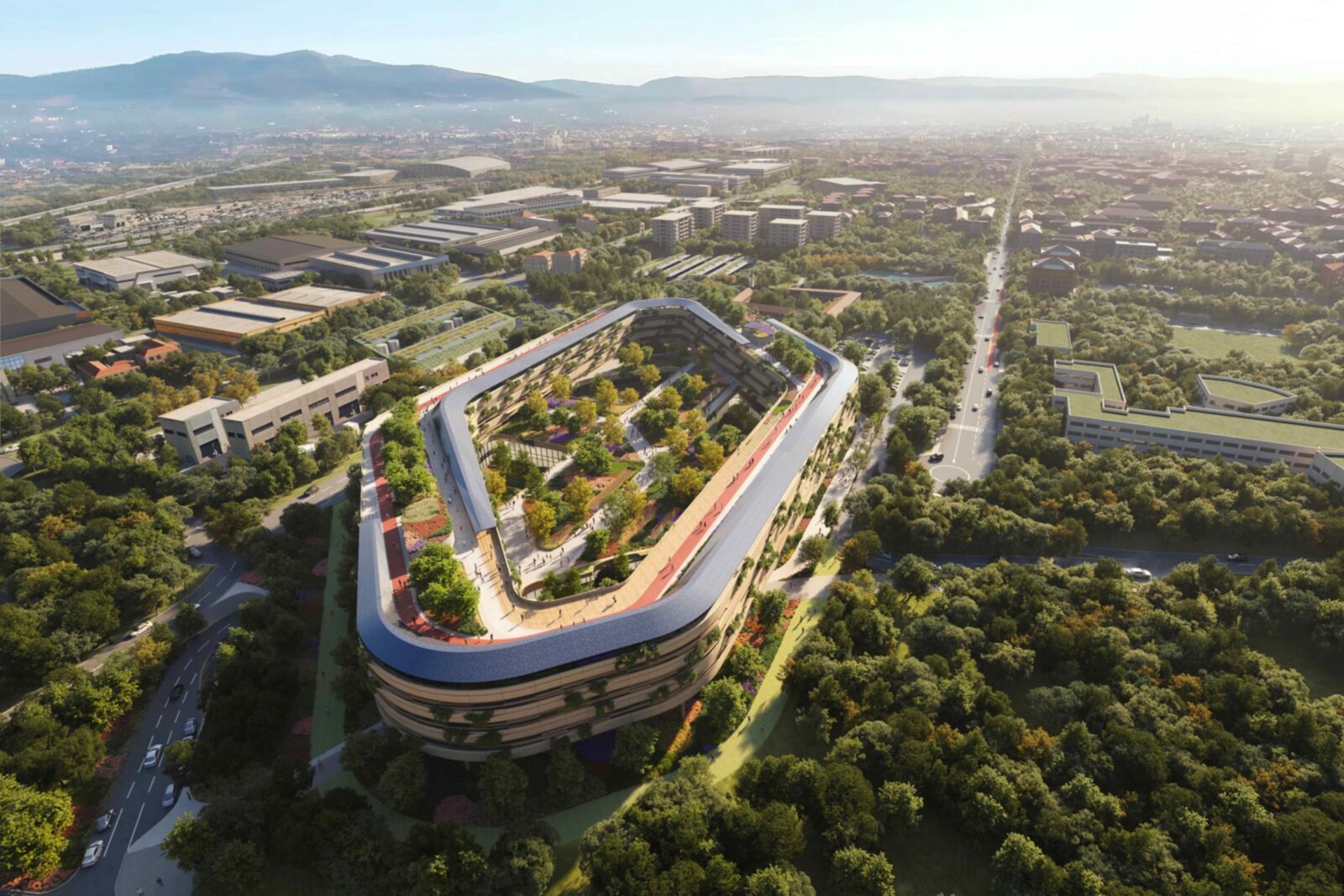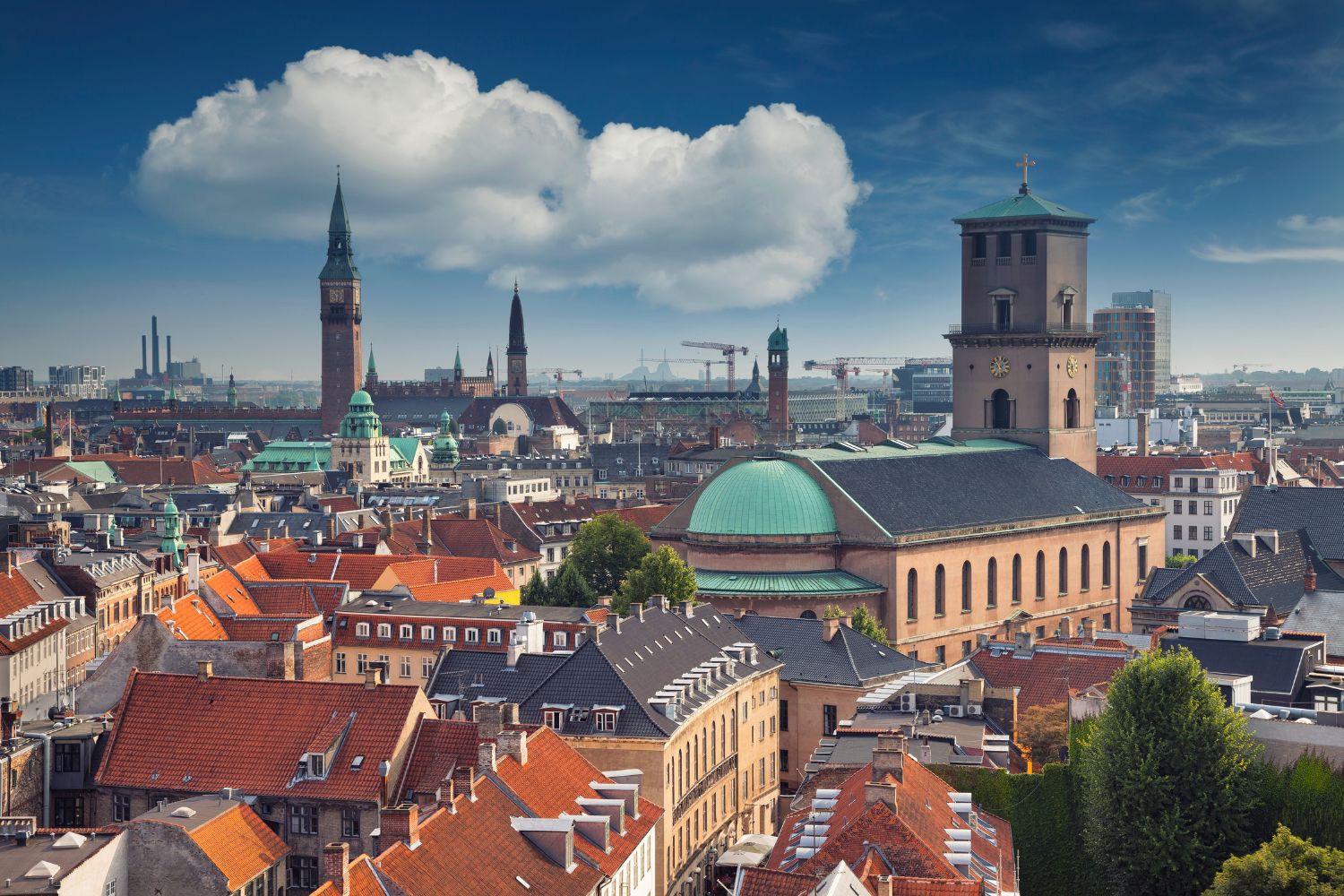- Home
- Articles
- Architectural Portfolio
- Architectral Presentation
- Inspirational Stories
- Architecture News
- Visualization
- BIM Industry
- Facade Design
- Parametric Design
- Career
- Landscape Architecture
- Construction
- Artificial Intelligence
- Sketching
- Design Softwares
- Diagrams
- Writing
- Architectural Tips
- Sustainability
- Courses
- Concept
- Technology
- History & Heritage
- Future of Architecture
- Guides & How-To
- Art & Culture
- Projects
- Interior Design
- Competitions
- Jobs
- Store
- Tools
- More
- Home
- Articles
- Architectural Portfolio
- Architectral Presentation
- Inspirational Stories
- Architecture News
- Visualization
- BIM Industry
- Facade Design
- Parametric Design
- Career
- Landscape Architecture
- Construction
- Artificial Intelligence
- Sketching
- Design Softwares
- Diagrams
- Writing
- Architectural Tips
- Sustainability
- Courses
- Concept
- Technology
- History & Heritage
- Future of Architecture
- Guides & How-To
- Art & Culture
- Projects
- Interior Design
- Competitions
- Jobs
- Store
- Tools
- More
Milan Design Week 2025: Experimental and Standout Installations
Milan Design Week 2025 brings together some of the most innovative and thought-provoking installations at the intersection of design, architecture, and material experimentation. This year’s event features a range of experimental works that push the boundaries of traditional design, offering visitors immersive, interactive, and sustainable experiences.

From April 7th to 13th, due to the 2025 edition of Milan Design Week, Milano city transformed into a vibrant stage for installations at the crossroads of architecture, innovation, and design. Scattered across historic buildings, courtyards, and cultural venues, these site-specific projects delved into themes like sustainability, impermanence, sensory perception, and spatial interaction. In line with this year’s overarching theme -the profound relationship between human experience and design- architects, designers, and artists collaborated with brands and institutions to craft immersive spaces that responded to their surroundings while proposing new ways of thinking about how we build, feel, and engage with environments.
Many of architectural design studios, independent artists and designers with their valuable installations, they created wonderful spaces related to the theme, using sustainable approaches and innovative materials in spatial design. In this article, some of the works from Milan Design week 2025 are explained. Let’s have a look at some standout installations of the week that showcasing experimental features of using materials, creative concepts, innovative approches and more.
TAM TAM. Temple, Action, Movement by Alvisi Kirimoto
The globally recognized architecture studio Alvisi Kirimoto will take part at Milan Design Week with their installation titled TAM TAM. Temple, Action, Movement. The structure they created measuring 6x6x5 meters, standed out with 6 movable columns. The structure invited visitors to interact with and rearrange the space in real time.

By eliminating any of the color and ornamentation, Alvisi Kirimoto directs attention to the installation’s kinetic features like the motion of the columns, the interactions of visitors, and the transient spaces that emerge and disappear. This minimalist approach accentuates the spatial essence, the clarity of form, and, most importantly, the fundamental aspects of human presence and engagement.

This participatory design emphasized adaptability, user engagement, and the ever-changing nature of human relationships. Made entirely from recycled plastic, the installation highlighted the importance of sustainable materials, with all components designed for reuse after the event.
Growing Matter(s) by Henning Larsen
Created in a collaboration of Henning Larsen in partnership with Politecnico di Milano, Growing Matter(s) is a pavillion that explores the architectural possibilities of bio-based materials. Comprising 80 distinct mycelium spheres—each organically shaped and subtly varied—the installation emphasizes the adaptability of the material and invites a rethinking of conventional design aesthetics.

To create the spheres, a mixture of natural ingredients such as hemp, flour, sugar, and beer dregs was combined with two mycelium strains: Pleurotus Eryngii and Pleurotus Ostreatus, each chosen for its specific characteristics. Over the course of several weeks, the mycelium grew into wooden molds, forming the spheres from within. While some spheres were dried to ensure stability, others were left active, showcasing the material’s ongoing transformation and responsiveness to factors like humidity.
A Beat of Water by BIG for Roca
The in A Beat of Water is a work that features elemental force and vital significance of water take center stage. This is a site-specific installation created by Bjarke Ingels Group in collaboration with Spanish bathroom brand Roca.

The installation stretches 14 meters in length and rises 3.5 meters high, forming a visually captivating, fluid structure. Crafted from 300 meters of galvanized steel piping, it engages multiple senses through the continuous flow of water. Visitors are invited to sit within the piece and immerse themselves in the element’s kinetic energy. They were experiencing the installation’s gentle vibrations, rhythmic pulse, and soothing, meditative soundscape.
- A Beat of Water
- Action
- Architectural experiences Milan 2025
- Architecture exhibitions Milan 2025
- Art and architecture Milan Design Week
- Best installations Milan Design Week
- Design event Milan 2025
- Experimental design installations
- Growing Matter(s)
- Innovative design exhibits Milan
- Interactive design Milan 2025
- Milan 2025 design trends
- Milan Design Week 2025
- Milan Design Week architecture
- Milan Design Week installations
- Movement
- Must-see installations Milan Design Week
- Mycelium installations Milan Design Week
- Site-specific installations Milan
- Standout installations Milan
- Sustainable installations Milan Design Week
- TAM TAM. Temple
Submit your architectural projects
Follow these steps for submission your project. Submission FormLatest Posts
Zaha Hadid Architects Wins Modular Hospital Design Competition in Italy
Zaha Hadid Architects has won an international competition to design a new...
Shigeru Ban Won the 2026 AIA Gold Medal for His Humanitarian Vision
Shigeru Ban has been awarded the 2025 American Prize for Architecture by...
Pantone Color of the Year 2026: Cloud Dancer and Its Architectural Resonance
Pantone’s selection of PANTONE 11-4201 Cloud Dancer as the Color of the...
Copenhagen Named the Happiest City in the World in 2025
Copenhagen has been named the happiest city in the world in 2025...












Leave a comment